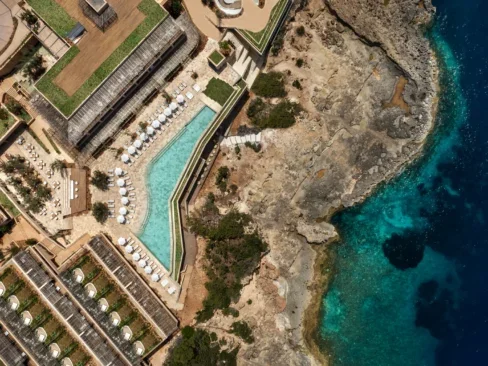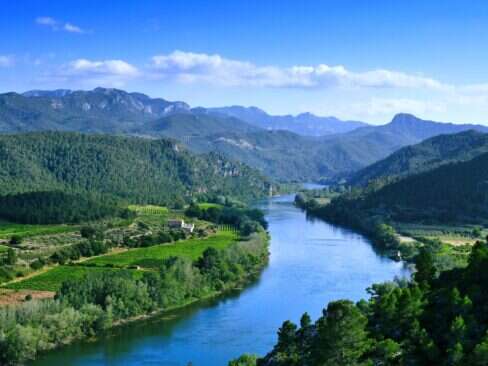When it comes to artists, few come close to the legendary status of Pablo Picasso. Celebrated across the world for his revolutionary art and pioneering cubist vision, the Spanish painter and sculptor has come to define not only 20th-century art, but European politics and contemporary culture, too. Despite spending most of his adult life in France, one cannot detach Picasso from his native country, Spain, and a Picasso art trail of Spain is one of the most enriching journeys to take on the continent.
Born in the Mediterranean city of Malaga in 1881, the Picasso family moved to A Coruña in Galicia where his father, Don José Ruiz y Blasco, was a professor at the School of Fine Arts. It was in A Coruña that the young Picasso first received formal artistic training from Blasco, but it was a subsequent move to Barcelona that would prove most influential upon the young Picasso, who would regard the Catalonian city as his true home.
Today, the legacy of Picasso is felt in galleries across the globe and school rooms throughout the world; his presence in 21st-century culture, from his impact upon subsequent generations of painters to the wider industry of the arts, is almost unparalleled. Whether you’re a full-fledged aesthete or self-professed philistine, there’s something for everyone on the Picasso art trail of Spain.
[See also: Top Adrenaline-Inducing Adventures in Spain]
Malaga
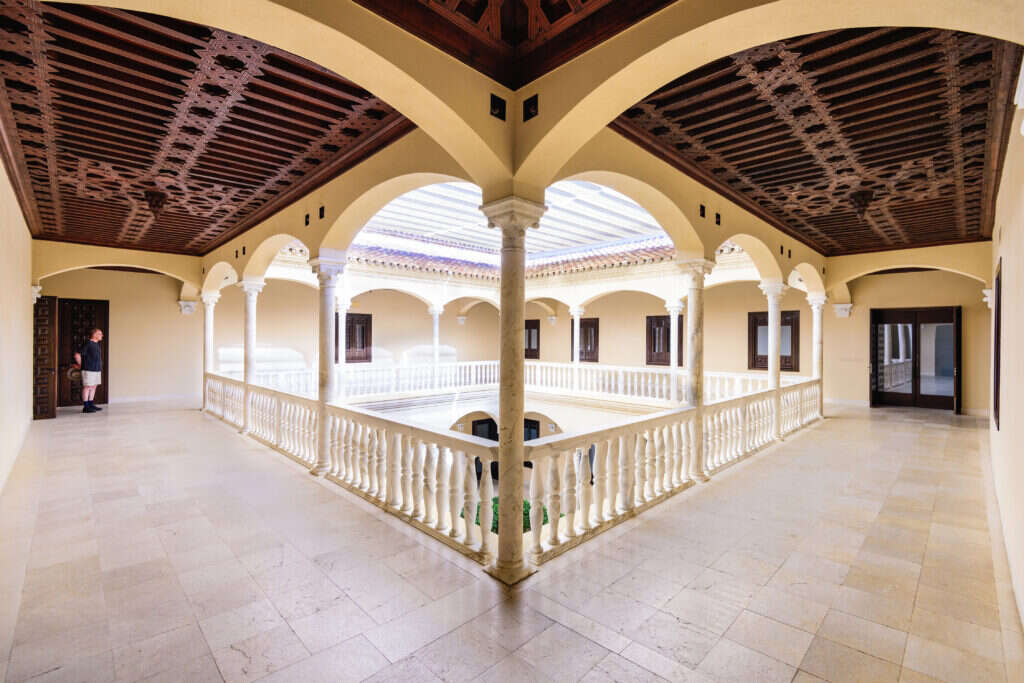
An official heritage site since 1983, and occupied by the Picasso Foundation since 1998, it would be farcical to start anywhere else but the Picasso Birthplace Museum. Positioned right in the heart of the historic center of Malaga, the museum was home to Picasso as a child and is today dedicated to the preservation and presentation of not only Picasso’s life and works, but the works of his contemporaries, too.
Not only does the museum grant access to the artist’s prints and ceramics, but also his illustrated books and graphic art from the years 1931 to 1971. The ground floor hosts temporary exhibitions, as well as a collection of Picasso’s home and personal life. The first floor explores the works of his father, as well as personal details of other family members. For an intimate insight into the man behind the art, the Picasso Birthplace Museum is an unmissable experience.
Galicia
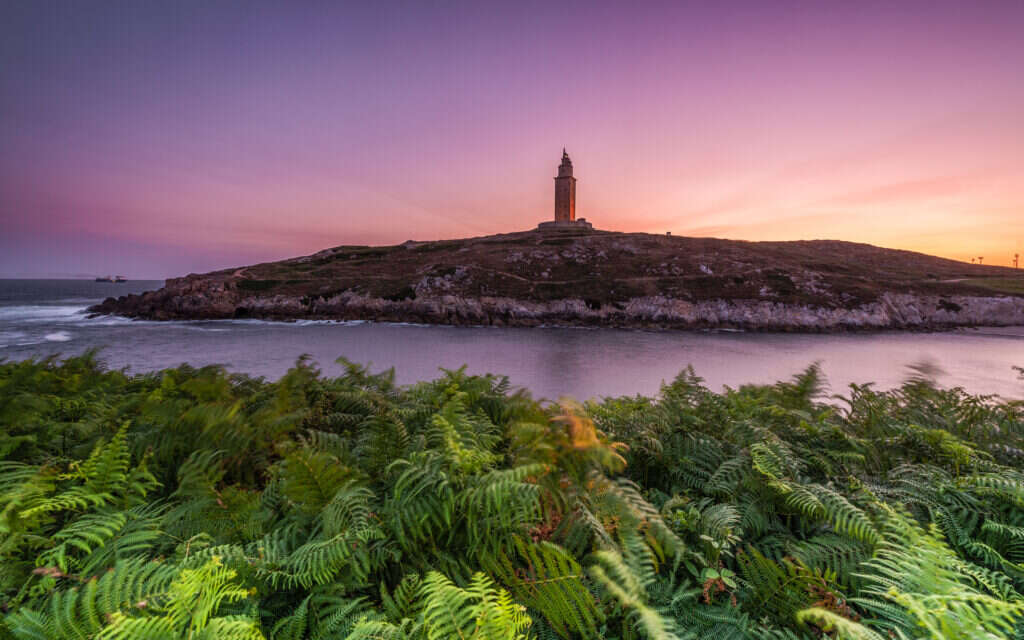
Positioned on the other side of Spain – a mere 10-hour drive from Malaga that passes through the heart of the city, Madrid – is A Coruña, the second city Picasso lived in during his youth. The northwestern coast of Spain is just as strikingly beautiful today as it was 100 years ago, and its azure tones of sea and sky proved instrumental to the young artist.
It was on the golden coast of Riazor Beach, for example, that Picasso allegedly first discovered feminine nudity, when sketching near bathing huts. The city’s landmark icon, the Tower of Hercules, was a subject of inspiration for Picasso too, affectionately called the ‘Candy Tower’ by the budding painter. Built by the Romans in the first century, it’s worth the trip to A Coruña for the Tower alone.
Madrid
You don’t need us to tell you that any Picasso trip must, naturally, include Madrid. A bastion of European art, the Spanish capital is home to some of Spain’s greatest galleries, with a collection of Picasso’s most iconic paintings among them. Picasso’s La Guernica is housed at the Museo Nacional Centro de Arte Reina Sofia, and its depictions of the horrors of the Spanish Civil War on such a colossal scale – it measures approximately 11ft tall and 24ft wide – is so staggering it really must be seen in person.
A visit to the Prado Museum is also highly recommended on any trip to honor Picasso. The artist first visited the gallery in 1895, and the exhibitions of Diego Valazquez and El Greco inspired his works significantly. Today, the gallery – of which Picasso was named director, a year before he painted La Guernica – hosts several of his paintings in both their permanent collections and temporary exhibitions. Bust de Femme, painted in 1943, has been recently loaned to the museum and is a classic of his cubist portraiture.
[See also: The Best Restaurants in Madrid]
Barcelona
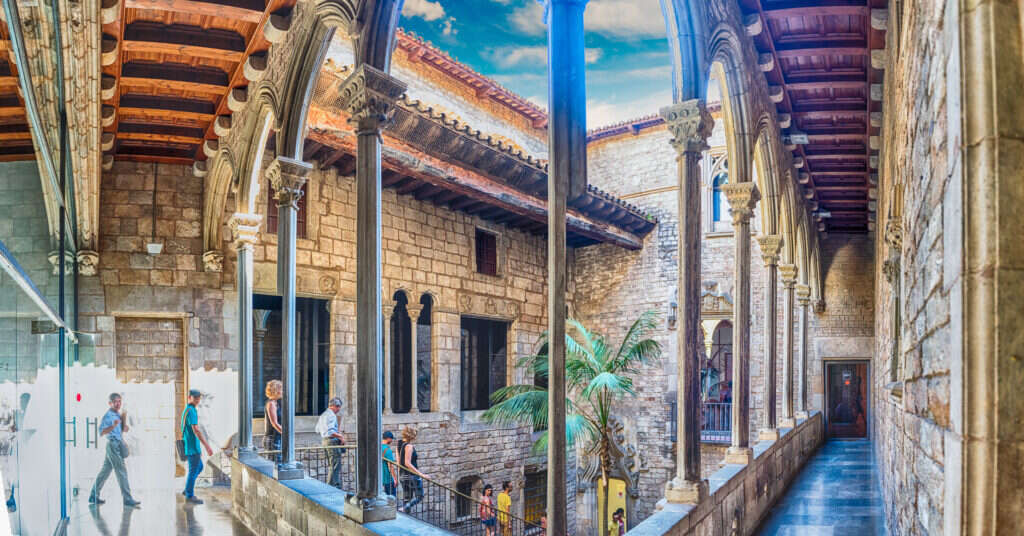
Finally, Barcelona, the city perhaps most associated in our collective memory with Pablo Picasso. First having moved to Barcelona with his family in 1895, the Fine Arts School of Barcelona was where the artist received classical training and was also subsequently introduced to Modernism through the art circle of Els 4 Gats. He continued living in the city as a young man, and frequented Barcelona many times upon his relocation to Paris, until the Franco dictatorship tragically separated him from his beloved Catalan capital.
The Els 4 Gats restaurant is still open, and the Art Deco restaurant remains a site of homage for Picasso fans across the world. Plaça Nova, also within the city’s historic and vibrant Gothic Quarter, is home to the artist’s only open-air work, a fresco. It’s also worth a trip to the Neoclassical Porxos d’en Xifré building, the source of many of the artist’s depictions of Barcelona’s urban vistas.
Naturally, the number one stop in Barcelona – if not the Picasso art trail of Spain – for Picasso enthusiasts must be the Picasso Museum. Sorted chronologically, the gallery does a wonderful job of highlighting the different phases of the prolific artist and explaining the stylistic changes he underwent throughout his career. Set up on the personal request of Picasso, the gallery houses a permanent collection of over 4,200 works by the artist.
[See more: The Most Significant Must-See Royal Sites in Spain]







